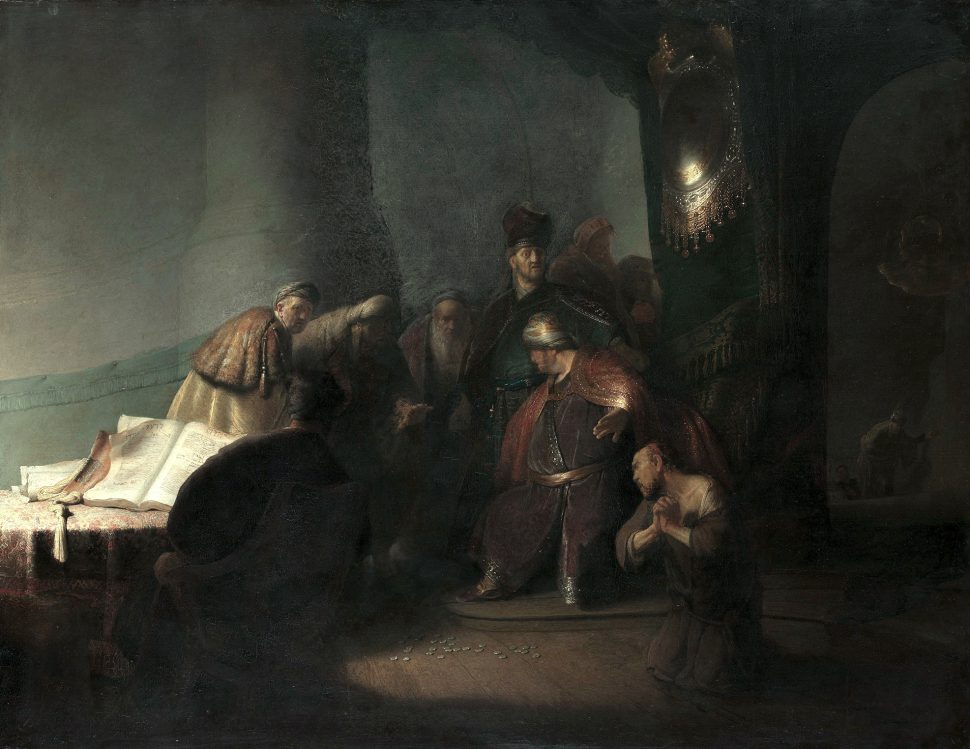 (BBC) – Silver is the shiftiest of colours. It never knows if it’s coming or going. We give silver spoons, beakers and bangles at the start of life to commemorate a newborn’s arrival into the world, while at the same time silently dreading the inevitable silvering of our hair as we fade out into old age. Silver may be forward-looking and futuristic in its space-age sartorial sense, yet it remains forever wistful in its nostalgic stare backwards into the past in the mottled sheen of vintage photos. Silver is never now, but always yesterday and tomorrow.
(BBC) – Silver is the shiftiest of colours. It never knows if it’s coming or going. We give silver spoons, beakers and bangles at the start of life to commemorate a newborn’s arrival into the world, while at the same time silently dreading the inevitable silvering of our hair as we fade out into old age. Silver may be forward-looking and futuristic in its space-age sartorial sense, yet it remains forever wistful in its nostalgic stare backwards into the past in the mottled sheen of vintage photos. Silver is never now, but always yesterday and tomorrow.
Reflective yet guarded, silver is as elusive as it is evocative. Across cultures, continents and centuries the colour has served as code for a secret reality only the imagination can descry. Esoteric talk of silver threads and silver cords runs through both Vedic and Kabbalistic teachings. The seventh and highest of the coloured stories of the ancient and now fragmented Babylonian ziggurat, Etemenanki – thought by some to be the prototype for the story of the Tower of Babel – is silver and was dedicated to the moon. To occultists, like the poet William Butler Yeats, who sang of stars “dancing silver-sandalled on the sea”, the colour is the very melody of the sleepless soul.

